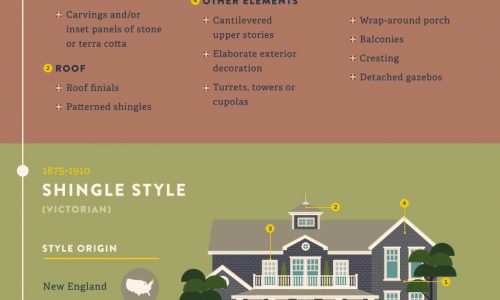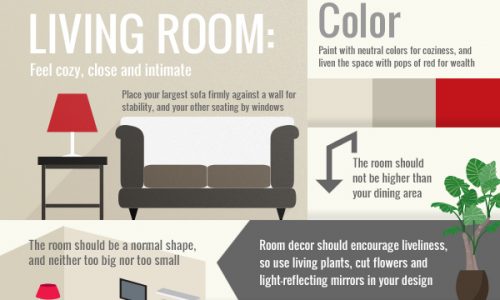
Relax, I don’t mean that question in a negative sense, the way your stressed-out relatives might ask at Thanksgiving when you tell them you want to go to art school. (Or was that just me?) The tiny home movement is growing at the same time as square footage is shrinking, as more and more people see the appeal.
There are many different reasons for choosing to live in a tiny home. A tiny home can be part of a minimalist lifestyle, or it can be an eco-conscious choice. Often, the motivation is practical; on average, tiny houses cost much less to buy ($59,804) or build ($23,000), compared to a standard home ($312,800 or $206,312, respectively), and young people feeling the squeeze of exploding rental markets are often used to making do with tiny spaces anyways.
You don’t have to feel locked-in to conventional tiny homes built on a trailer chassis either. More resilient options like homes built with shipping containers or agricultural grain silos are growing in popularity as well.
Some cite Thoreau’s time living in a 150 square foot cabin at Walden as the origin of the tiny home movement, though it’s debatable whether he was the best example of the philosophy, given his mother still did his laundry for him throughout his Walden isolation. (A true story!)
Nonetheless, the idea took off, all the through to the 1987 book “Tiny Houses: Or How to Get Away From It All.” So whether you’re looking to escape the urban jungle or just your crazy rent, a tiny house is increasingly an attractive option.




